10 simple photography techniques for impressive photos
Taking pictures is simple but not everyone knows how to take beautiful photos, especially to become a photographer is even more difficult. However, the following 10 very simple tips will help you easily get the best, impressive and "quality" photos. Let's explore it.
1. Framing Technology (Virtual mold creation)
Framing, right by its name you can also imagine the meaning of this photography technique. Simply take advantage of the surrounding environment to create a "frame" and highlight the character or object in the image you want to emphasize. It could be windows, doors, trees or any other details. Framing is often used very effectively in portrait photography.
- See some more tips to take beautiful photos with iPhone.

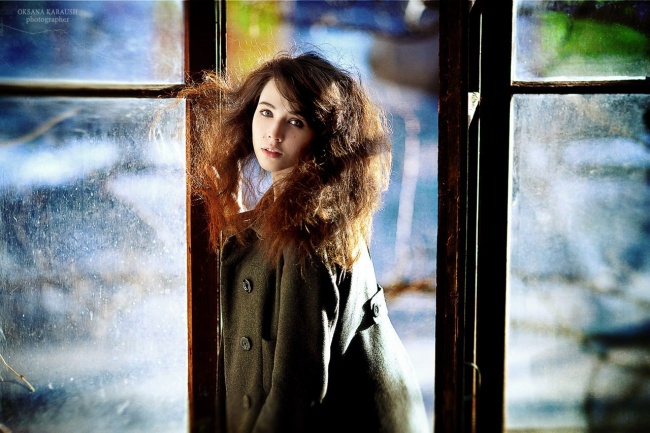

2. Movement (Movement)
If you take something in motion, create space in front of it. In this way, your photo will become more vivid.

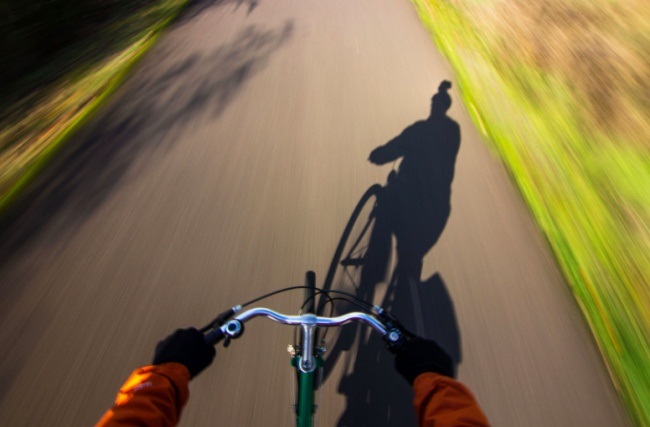

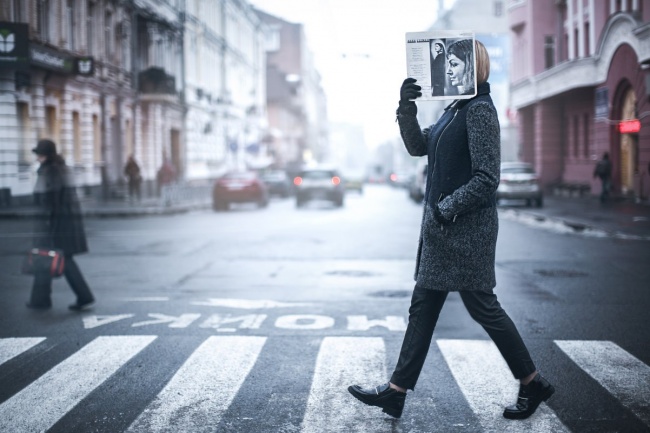
3. Direction
Our brain receives information from left to right so the best way is to put all the important details on the right side of the frame.
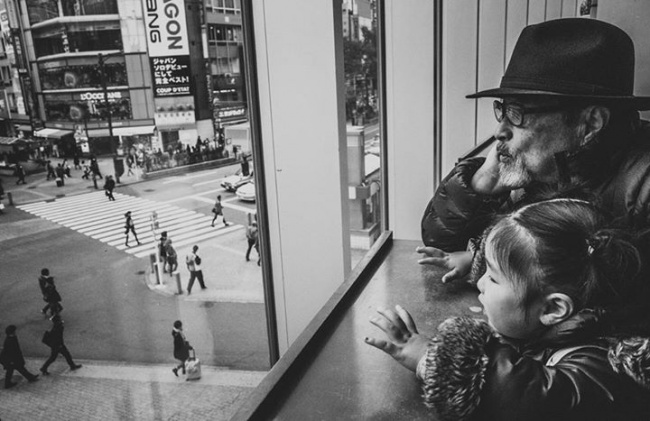


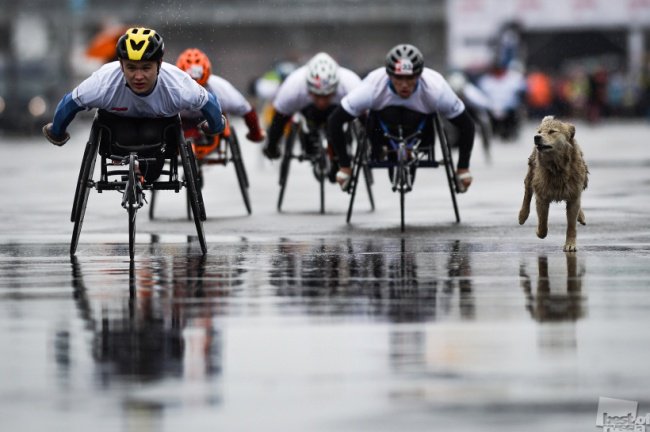
4. Camera Angle (Shooting angle)
The location of the camera will affect the shape of the subject, making the image fresher without necessarily changing the whole details in the image.




5. Negative Space (Negative Space)
Each photo usually has 2 main parts: Positive Space (main objects in the image) and Negative Space (negative space or background). Negative space is not necessarily white, it can be any color, no detail as long as no content is contained. The presence of Negative Space in photos will make the photo more impressive and unique.


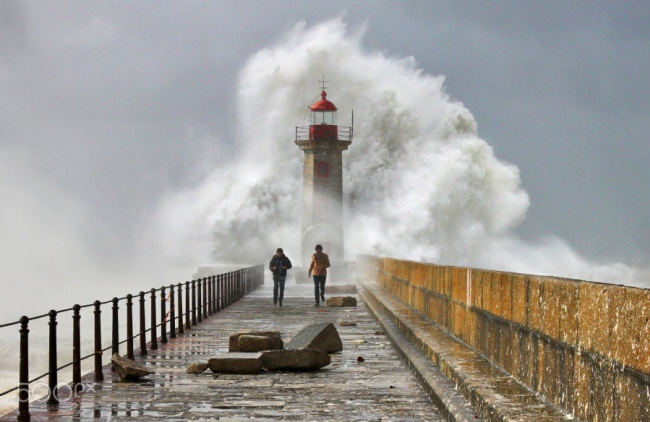

6. Depth (Depth)
Depth will create 3-dimensional space and diversity for images. You can increase the depth by:
- Parallel lines, often connected to a point from a distance.
- Fog creates layers for photos.
- Tone (The level shown in color: The darker objects are closer and the lighter color will be farther away).
- The depth of field (The object or person captured in this range will have a high definition, while those outside of this range will be blurred).
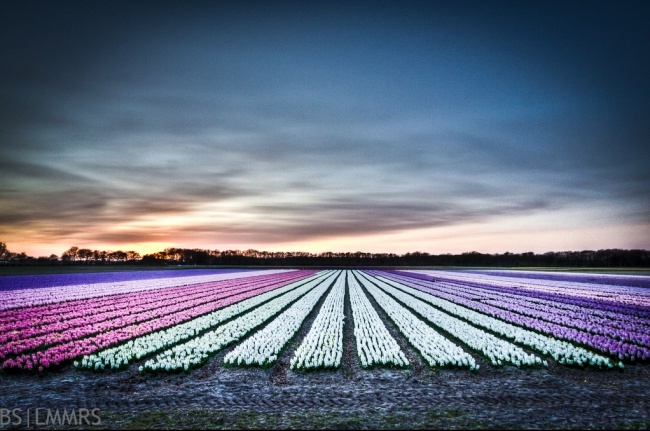

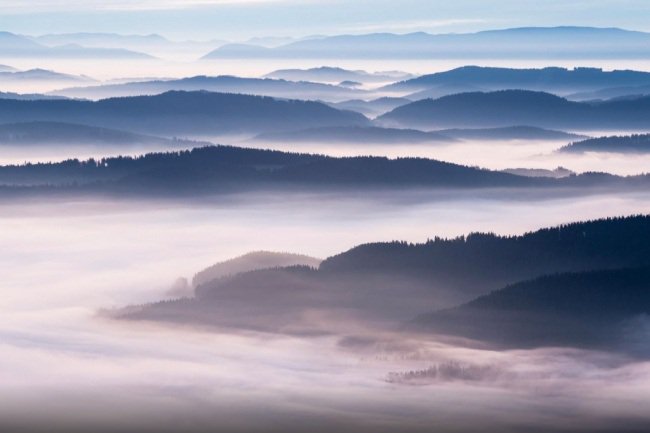

7. Foreground (Foreground)
The foreground will make the viewer attracted but still ensure that it does not affect the object that needs to be emphasized in the image.




8. Shadows and reflections (Shading and reflections)
Using these elements will make the image more interesting and creative.
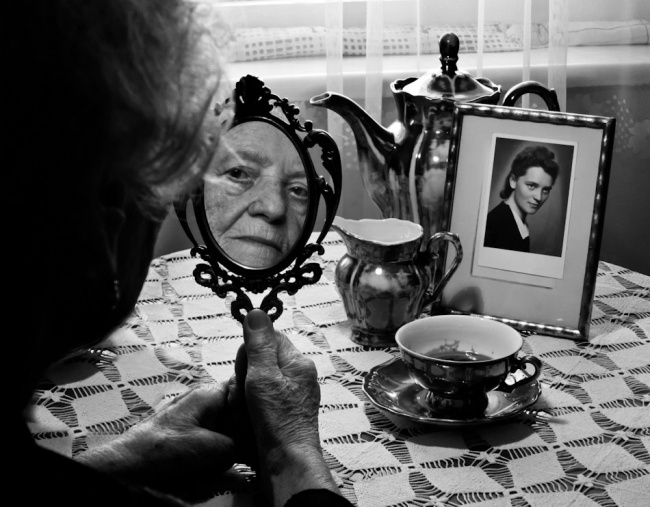
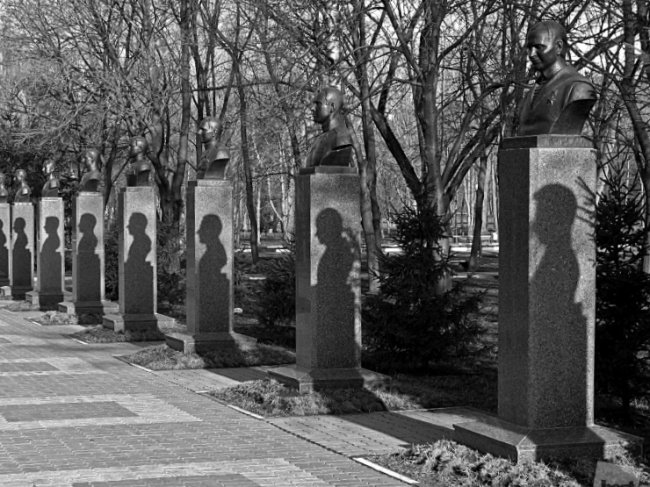
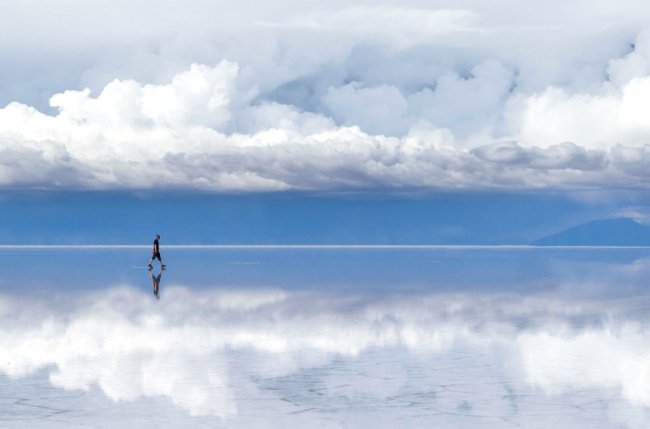
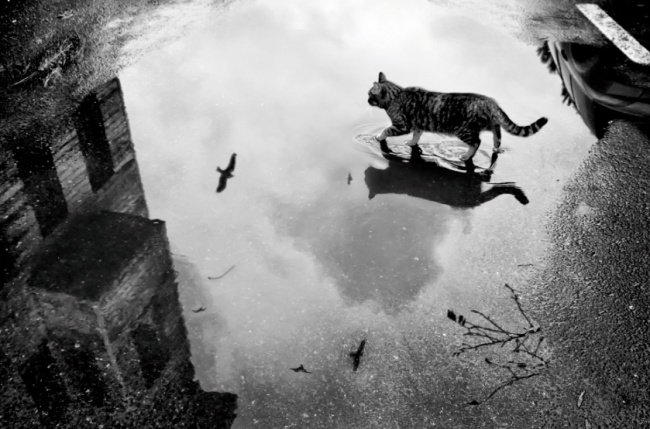
9. Golden hour and Blue hour (Golden hour and green hour)
Golden hour is the time when the sun sets near the horizon, while the horizon still has a bright area in contrast to the remaining dark areas. Blue hour is the time when the sun has set or ready to go up, when the sky is not yet dark but there is still a little light and the sky is covered with a green color.

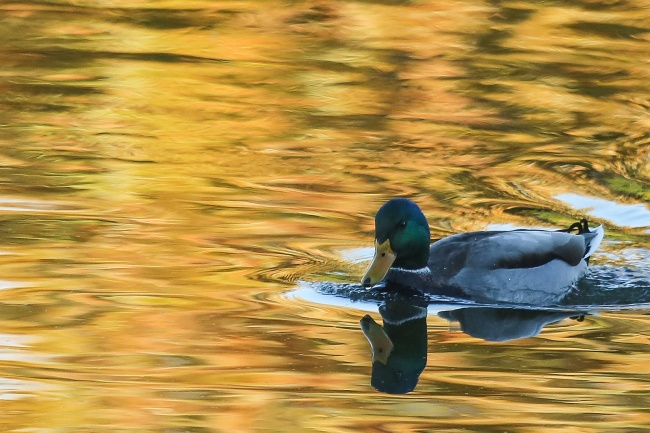


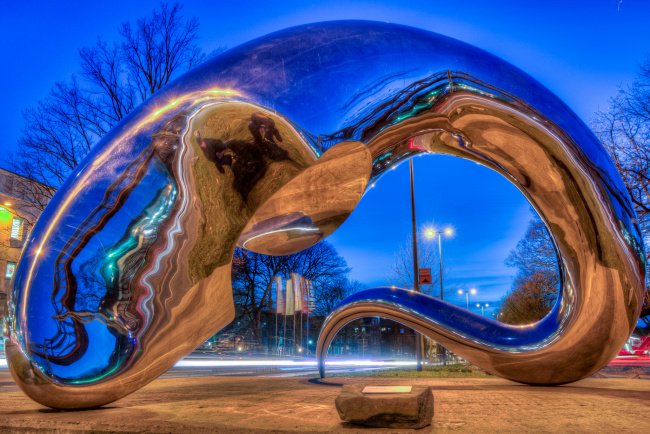
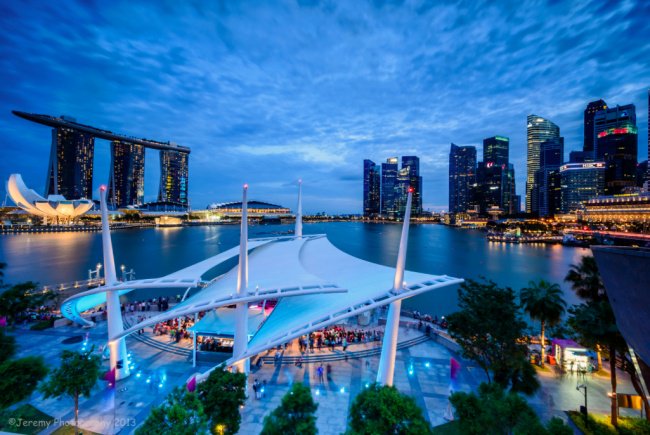
10. Learn and be creative
Once you've grasped the basic principles of combination, don't be afraid to break them. This not only helps you create more creative photos but also builds your own photographic style.


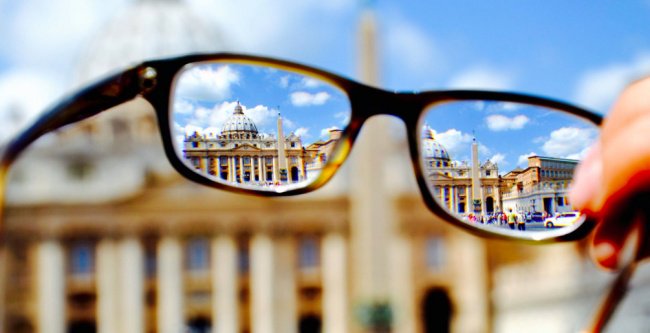
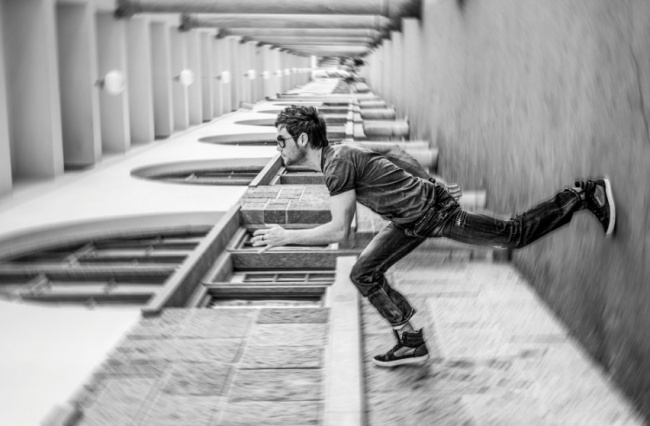
Good luck!
You should read it
- 15 simple photography tips that help amateurs also become a professional photographer
- The harsh truths in photography
- Photographic tips that cast shadows in photography
- 5 'very toxic' tips help improve photography skills in just 1 minute
- 5 types of photos ideal for those who like to travel
- Take a picture of the Cinematic Photography style
- 5 best free photography learning websites
- August 19: Celebrating 177 years of World Photography Day
- The secret to photography is backlit in the bright sunny days
- 7 tips to help you get beautiful photos
- Turn on the secret of long exposures in photography
- Things to know about golden time in photography






 5 types of photos ideal for those who like to travel
5 types of photos ideal for those who like to travel Night photography techniques for beginners
Night photography techniques for beginners How to take beautiful night photos on smartphone
How to take beautiful night photos on smartphone 7 tricks to take better photos
7 tricks to take better photos Take photos of the fanciful sky landscape with the following 5 tips
Take photos of the fanciful sky landscape with the following 5 tips The harsh truths in photography
The harsh truths in photography